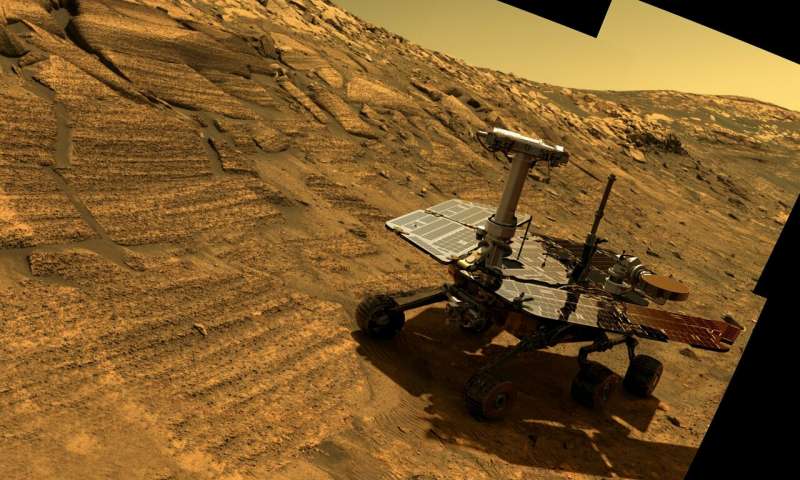ESA, the European Space Agency, started to develop a mission for returning the Mars samples composed by two other NAS missions back to Earth.
Both NASA and ESA didn’t have enough funds to bring those samples back from Mars, but their hopes are higher than ever. Discusses at a Mars conference about some actual plans, led to a decision by involving two launches in 2026 in order to send spacecraft to get samples collected by NASA’s Mars 2020 rambler and bring them back to Earth in 2031.
NASA and ESA officially announced their collaboration in April 2018, in order to come with the best solutions at their plans of returning the samples. Under the proposed cooperation, NASA would offer a Mars lander mission, with a European built rambler, that would take the samples collected by Mars in 2020 and put them into a Mars scaling vehicle, a little rocket that would send them into Mars orbit. The, an Earth return orbiter, developed by ESA, would take back the sample cargo and return it to Earth.
The plan, however, will need two launches in 2026, first one led by NASA, and then the second one by ESA. If the missions will launch in 2026, the lander will get a close impression of Mars 2020 site in 2028 and send a rambler to collect the samples. The samples will be available in tubes left behind on the land by the Mars 2020 rambler, but scientists explained how there is a choice for Mars 2020, if it’s still in a good condition, to bring some samples straight to the lander if something will not develop as it’s expected.
The lander’s rise vehicle will then put the sample cargo into orbit, where the orbiter takes it and puts it into an Earth access vehicle. The Mars orbiter will be returning to Earth afterwards, by using electric propulsion, coming back in 2031. The access vehicle will return and smash land in a test series in Utah.
